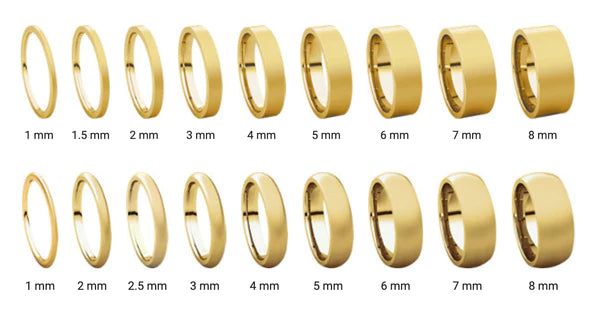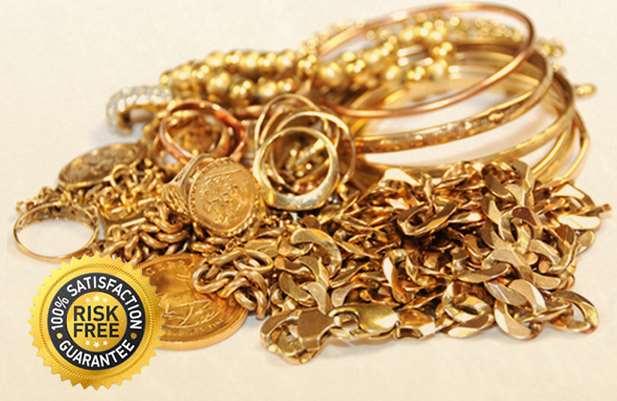Securing Elegance: Navigating Privacy and Data Security in Smart Jewelry
In the contemporary landscape of wearable technology, smart jewelry emerges as a symbol of sophistication and functionality. These accessories seamlessly integrate technology into fashion, offering users a blend of style and utility. However, beneath the sleek designs and innovative features lies a crucial consideration: privacy and data security. In this article, we explore the intricacies of privacy and data security in smart jewelry, highlighting the importance of safeguarding personal information while embracing the convenience of wearable technology.
Privacy Concerns in Wearable Technology
As wearables become more integrated into daily life, concerns about privacy and data security naturally arise. Smart jewelry, with its ability to collect and process personal information, presents unique challenges in this regard. From tracking health metrics to receiving notifications and accessing location data, smart jewelry gathers a wealth of sensitive information about users' habits, preferences, and whereabouts. Ensuring the privacy and security of this data is paramount to maintaining user trust and confidence in the technology.
Data Encryption and Protection
To mitigate privacy risks, smart jewelry manufacturers employ robust encryption protocols and data protection mechanisms. Data collected by the device, such as health metrics or location information, is encrypted to prevent unauthorized access or interception by malicious actors. Additionally, stringent access controls and authentication measures are implemented to ensure that only authorized users can access sensitive information stored on the device or associated apps.
Transparent Privacy Policies
Transparent privacy policies are essential to fostering trust and transparency between users and smart jewelry manufacturers. Companies must clearly communicate how user data is collected, stored, and utilized, as well as the measures in place to protect user privacy and security. By providing users with comprehensive information about data handling practices and privacy safeguards, manufacturers empower users to make informed decisions about their use of smart jewelry and the sharing of personal information.
User Consent and Control
Empowering users to control their privacy settings and consent to data collection is fundamental to respecting individual privacy preferences. Smart jewelry devices should provide users with granular control over which data is collected, how it is used, and with whom it is shared. Clear and accessible privacy settings enable users to customize their privacy preferences according to their comfort level, ensuring that they remain in control of their personal information at all times.
Continuous Monitoring and Compliance
Privacy and data security standards evolve over time, necessitating continuous monitoring and compliance efforts from smart jewelry manufacturers. Regular security audits, vulnerability assessments, and compliance checks help ensure that smart jewelry devices and associated systems remain up to date with the latest privacy regulations and industry best practices. By staying proactive and vigilant, manufacturers can mitigate emerging privacy risks and maintain the integrity of their products.
Conclusion: Striking the Balance
In conclusion, privacy and data security are foundational principles that underpin the trust and adoption of smart jewelry technology. By prioritizing encryption, transparency, user control, and compliance, manufacturers can strike a delicate balance between innovation and privacy protection. As smart jewelry continues to evolve and integrate into everyday life, it is imperative that privacy considerations remain at the forefront of product development and implementation. Ultimately, by safeguarding user privacy and security, smart jewelry can fulfill its promise of elegance and convenience while respecting the fundamental rights and dignity of its users.

















